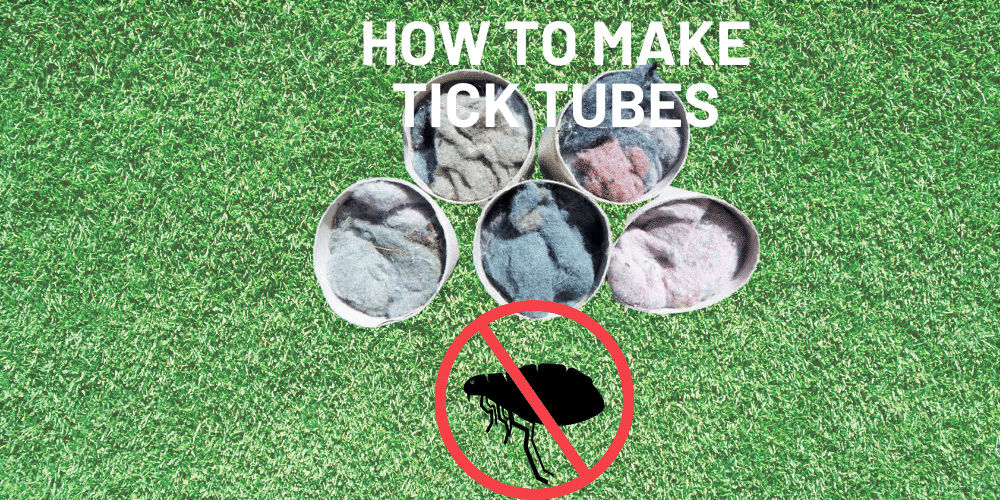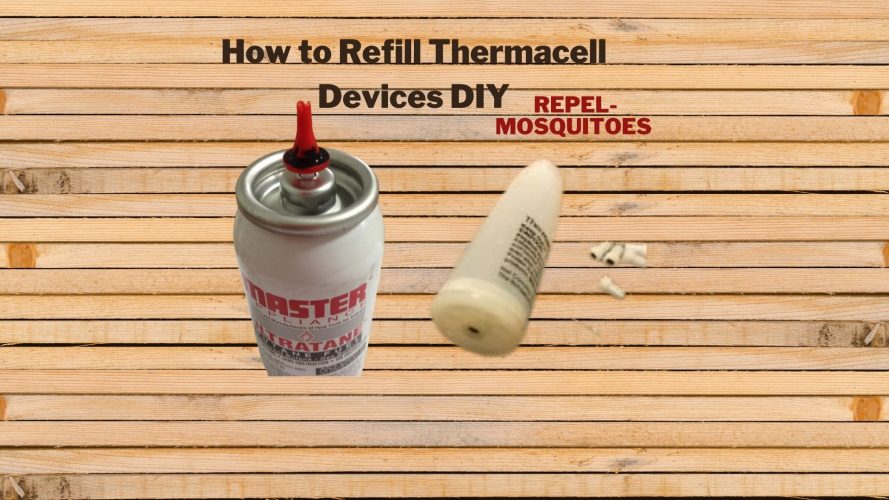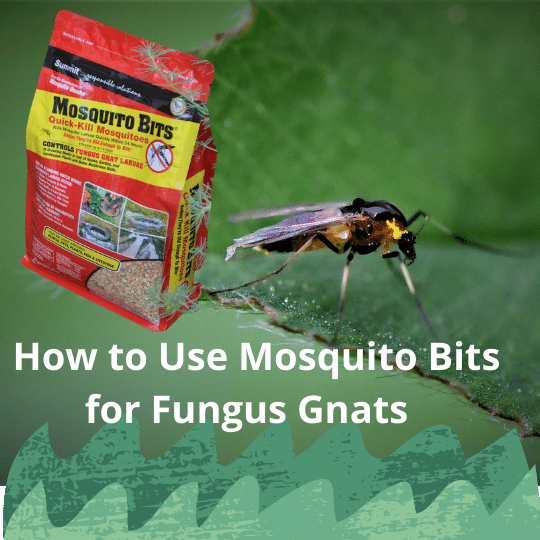J. W. Meigen named the genus Anopheles in 1818. Today, over 460 species of Anopheles are known. The development of Anopheles mosquito larvae is relatively fast. In seven days, the insect goes from egg to adult. This can take as long as 10-14 days in tropical environments.
The larvae of Anopheles have slender bodies with 3 segments, including the head. The antennae are long and many-segmented. The larvae can detect odors that signal the presence of food or water.
Their abdomens are covered with palmate hairs, and they can detect the presence of blood through their smells. The adults are also equipped with two sensory palps. Anopheles mosquitoes are usually blackish-brown in color. Females position their abdomens at an angle to the host’s surface while resting. Males feed on plant nectar and produce eggs, while females take a blood meal before laying eggs.
Anopheles are most frequently found in the United States and in Africa. Adult Anopheles Mosquitoes can be easily recognized in their resting positions.
They are easy to identify with the spotted coloration on their wings. Anopheles lay their eggs in standing water or in areas with heavy vegetation. The eggs hatch after the larvae are mature, and the larvae live parallel to the water surface. The life cycle of Anopheles mosquitoes can last as long as 18 days, or up to several weeks.
Anopheles mosquitoes live in four stages: the egg, larva, Papua and adult. The first three aquatic stages of the Anopheles species last for about five to 14 days, depending on the ambient temperature.
A medium-sized mosquito, Anopheles is widespread throughout the eastern United States. It is an important malaria vector but is a pest in many areas. The Anopheles species is capable of transmitting malaria. This occurs through local transmission when an infected mosquito feeds on a human. The disease can also be transmitted through the air.
It feeds on plants and also feeds on vertebrates. Female Anopheles feed on humans and are known to survive for up to a month. They can only stay for a week or two in the wild, but they are still a severe threat.
The Anopheles mosquito is a severe invasive species that can cause significant harm to humans. It can bite the skin and be easily killed by human-killing products and other methods. Fortunately, Anopheles is not a dangerous species. Its bites are very insignificant, but the Anopheles will still infect you if you come into contact with your body.
The Anopheles mosquito is a common invasive species. The larvae are the most common and dangerous type, but other Anopheles species can also bite humans.
The Anopheles mosquito is known to carry various types of parasites. The Anopheles larvae can be a real nuisance, but it can be managed through multiple techniques.





